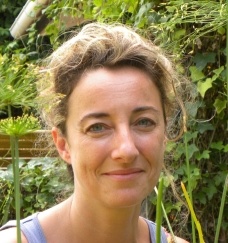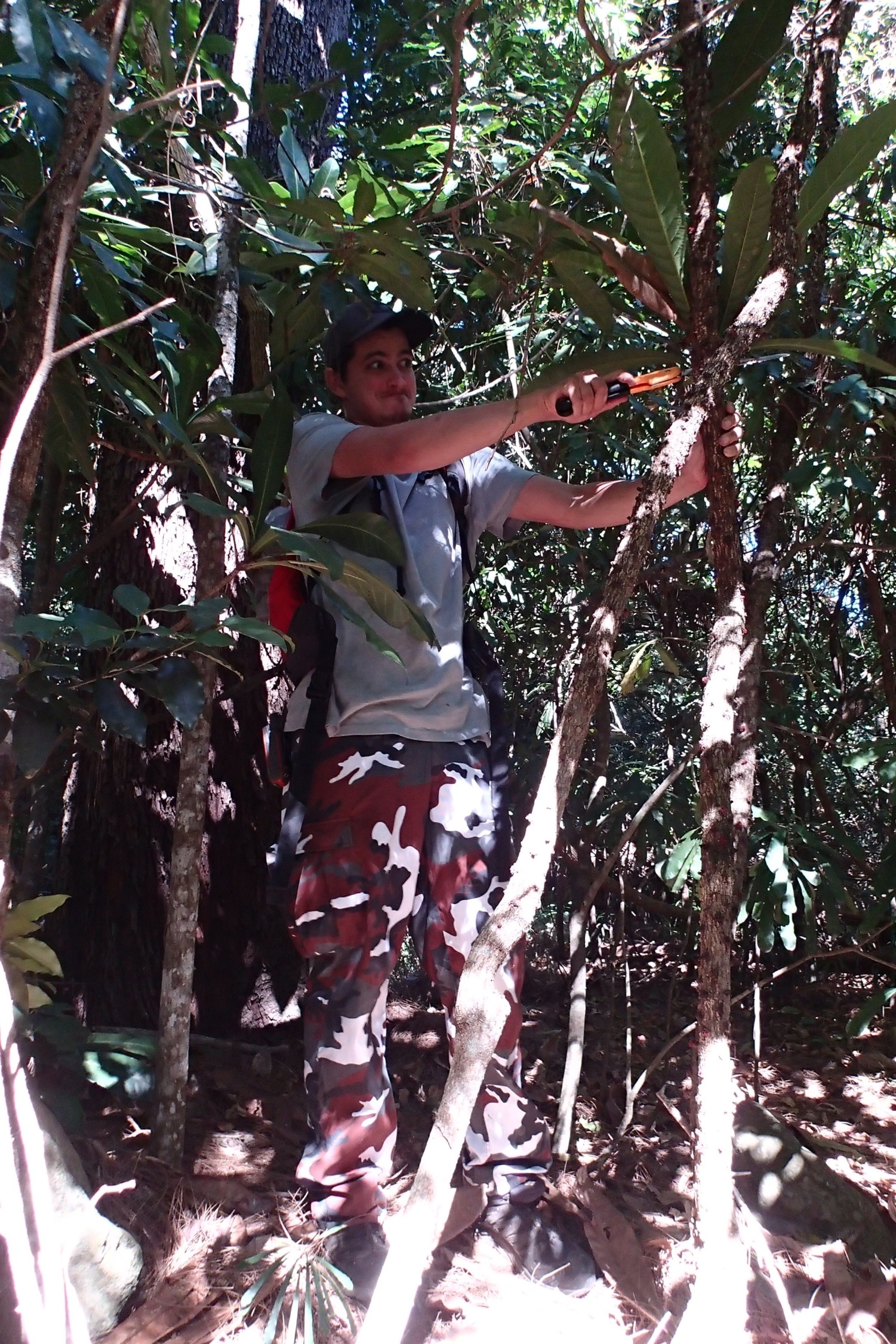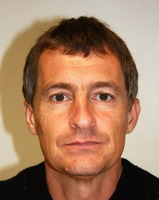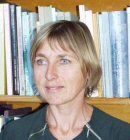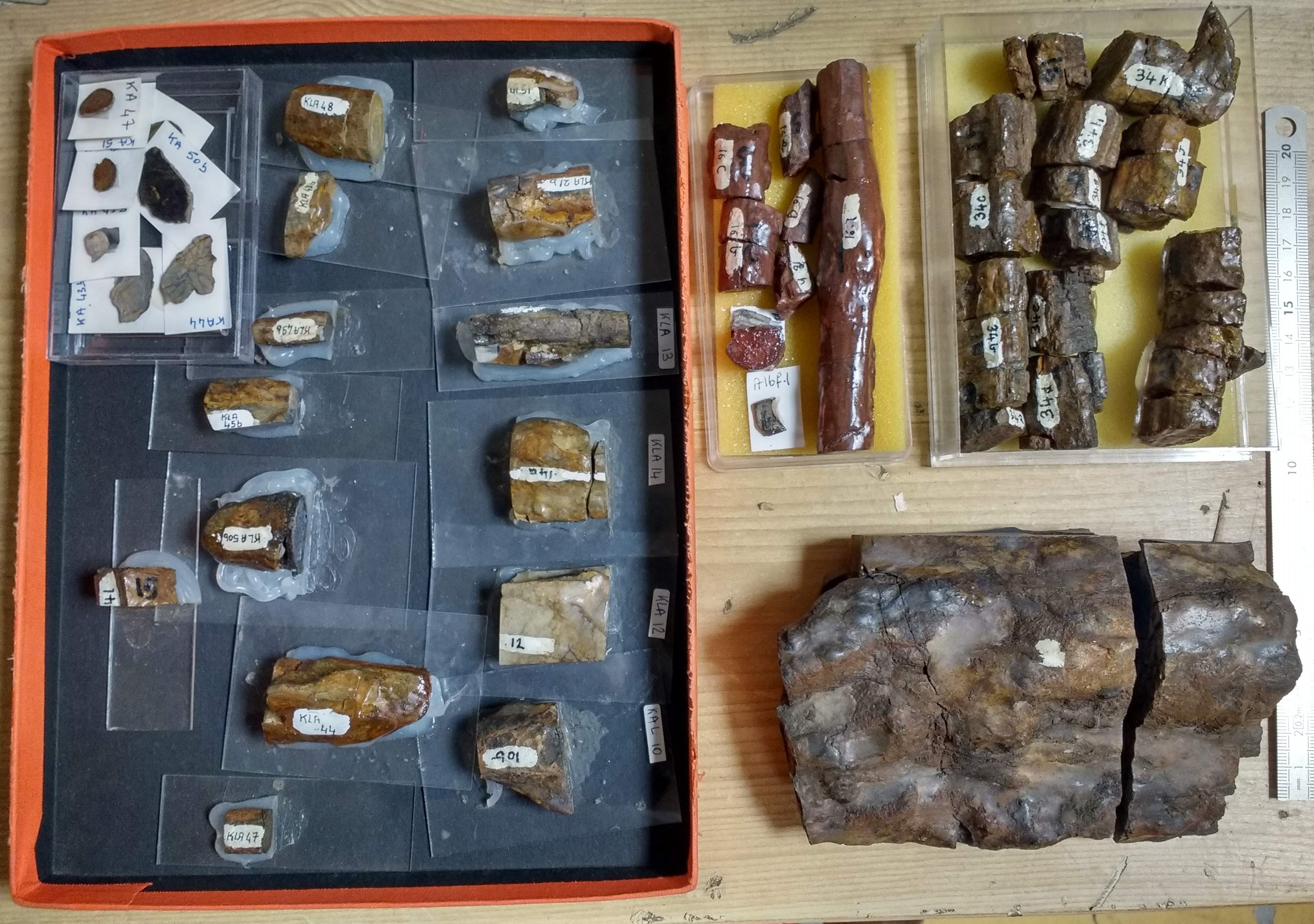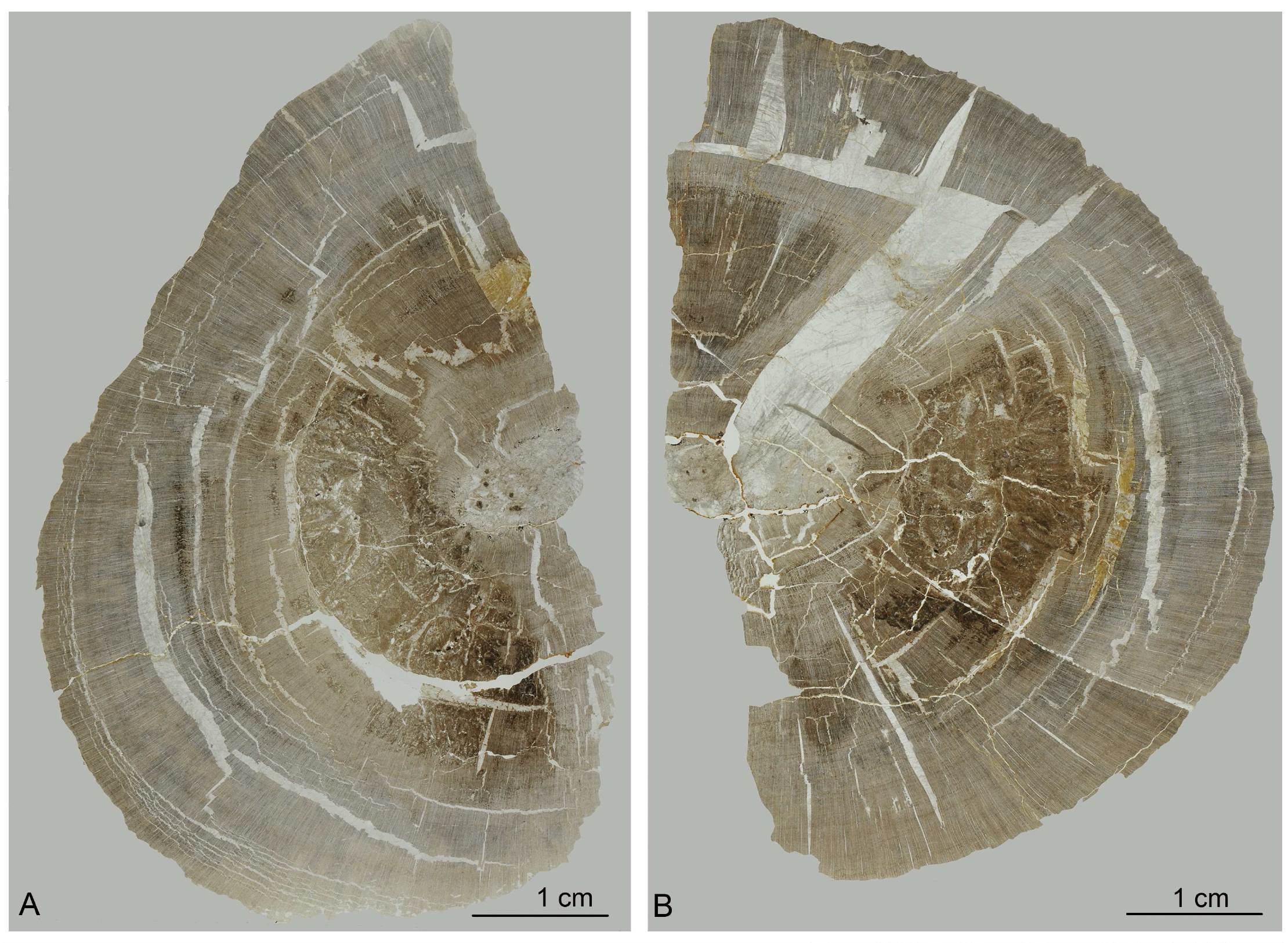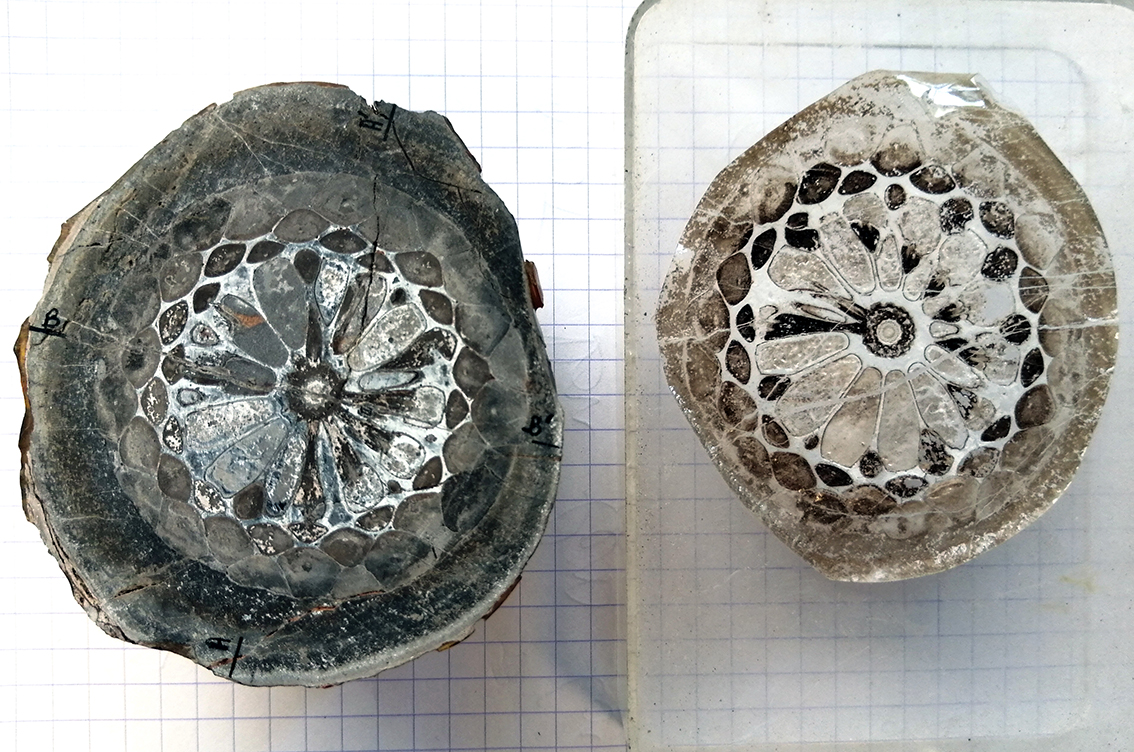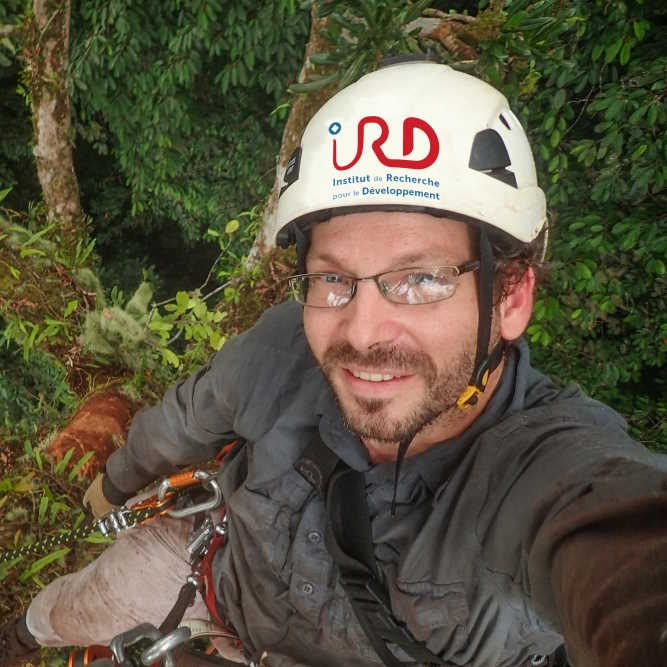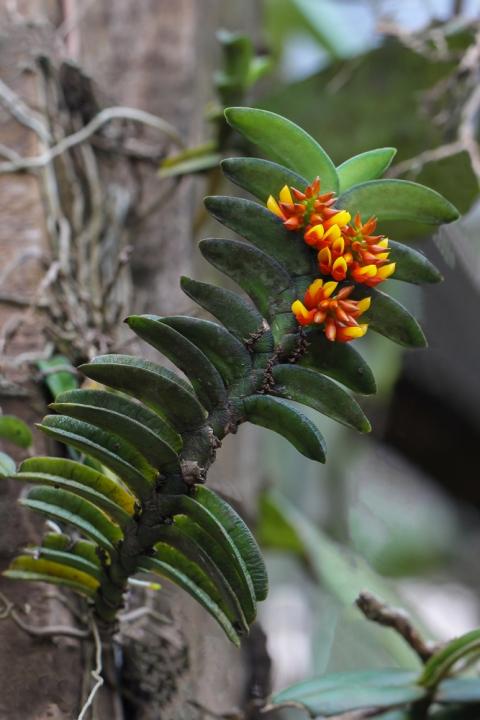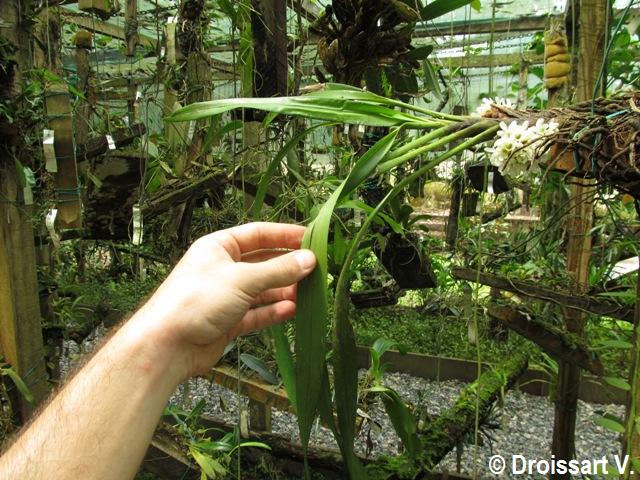Tropical herbaria of French Guiana and Noumea
In 2009, AMAP was entrusted with the scientific management of the herbarium collections of French Guiana (CAY) and Nouméa (NOU), created and maintained since the 1960s by ORSTOM and then IRD, the French Research Institute for Sustainable Development. The scientific quality of these tools is based on technical staff that ensures the physical and regulatory management (ABS) of specimens (~200,000 specimens including 762 types at CAY, ~85,000 specimens including 700 types at NOU) and the monitoring of identifications, notably through the regular hosting of international specialists and the exchange of specimens with other major tropical herbaria around the world.
These herbaria are shared facilities integrated into local partnership networks, such as LabEx CEBA and GIS IRISTA in French Guiana, or the Endemia association for nature conservation and CRESICA in New Caledonia. They are also part of the eReColNat infrastructure and are integrated into formal international networks (e.g. Flora of the Guianas for CAY, with herbaria from Guyana, Surinam, Brazil, Europe and the USA) or informal networks (global networks of specialists from different plant groups, for NOU as well as for CAY), as well as the GBIF.
Contact
- Sophie GONZALEZ (CAY)
- David BRUY (NOU)
The ALF tropical herbarium
Initiated in the 1950s by the former Institut d'Elevage et Médecine Vétérinaire Tropicale (EMVT), this herbarium specialised in forage and pasture species from tropical Africa, has now been merged with other collections (tropical weed science, forest ecology, agroecology, ethnobotany, etc.) to become the ALF herbarium (Index Herbiorarium) since 1995. It is currently managed jointly by 5 research labs in Montpellier, including AMAP. The herbarium is largely digitised as part of the national eReColNat infrastructure.
The ALF herbarium contains nearly 70,000 specimens, including 60 types, representing nearly 5,500 species, mostly from the dry tropical zone of Africa, but also from other tropical regions. The collection of tropical weed science (about 7000 parts for 2650 species) is closely linked to the collaborative portal WIKTROP.
Contact
The palaeobotany collection
The paleobotany collections housed at AMAP are part of the Montpellier University collections. They include anatomically preserved fossils of Paleozoic age collected mainly by Jean Galtier, his collaborators and successors. These collections were originally centred on the Hérault heritage and more particularly on the Lower Carboniferous fossils of Montagne Noire, which represent 25 genera and 38 species to date. The collections have been enlarged, stratigraphically and geographically, thanks to collecting trips carried out in the basins of Autun, Saint Etienne and the Vosges. Beyond our borders, these collections include fossil floras from Germany (Thuringia), the United Kingdom (Scotland, Lancashire), North Africa (Morocco) and Australia (Queensland). They are essential for analysing the evolution of plants and the diversification of floras between the Upper Devonian and the Upper Carboniferous. This time interval of about 60 million years (-370 to -310 ma) saw the parallel diversification of the earliest ferns and seed plants. It also experienced profound climatic, paleogeographic and environmental changes that led to global extinctions in the marine realm. Analysing these collections contributes to understanding how these changes may have impacted terrestrial floras.
Contact
Central African orchid Shadehouses Networks
Tropical epiphytic orchids are particularly difficult to study as they are mostly perched in the canopy of tall trees and rarely seen in flowers or fruit for their botanical description. To overcome these difficulties and to be able to collect fertile material for the description of the species, Vincent Droissart and his colleagues from the Missouri Botanical Garden (USA) have set up since 1997 in tropical Africa (Guinea, Gabon, Cameroon, São Tomé) and Madagascar, a network of shadehouses which allows the ex-situ cultivation, in collaboration with local partners, of ~30,000 living specimens representing more than 500 species of orchids. The data collected through this system has enabled the description of more than 40 new taxa and the evaluation of the IUCN conservation status of several hundred African orchid species.
Contact
Networks of botanical inventory plots in tropical forest
AMAP manages three networks of tropical forest botanical inventory plots, located in New Caledonia (NC-PIPPN), Central Africa (AFRICADIV) and French Guiana (GUYADIV). These plots are living collections, i.e. all trees larger than a given diameter (generally 10 cm taken at breast height) are measured (in diameter, sometimes in height or for crown dimensions), mapped and permanently labelled. Botanical identification is done either in the field (for the best known species) or in a herbarium after collecting samples. In the cases of French Guiana and New Caledonia, the quality of these identifications is closely linked to the availability and quality of the herbarium platforms (CAY and NOU), which collections made during inventories and the expertise of botanists contribute in return to enriching and improving them. Whether for field identification or for the collection of specimens, returns to the plots are necessary to observe and collect flowers or fruits of poorly known (and sometimes new) species. Complementary measures are sometimes acquired on these plots, depending on projects (functional traits, terrestrial LiDAR scans, etc.). In total, these three networks represent about 850 plots with a size of 100 m2 to 1 ha, representing more than 200,000 trees inventoried over about 3 decades, sometimes in partnership with other research lab, from France or abroard. Shared databases are associated with these networks, and the data serve as raw material for studies in systematics, biogeography and ecology of tropical forests carried out at the lab, but are also included in an aggregated form in international databases (e.g.. Amazon Tree Diversity Network)
